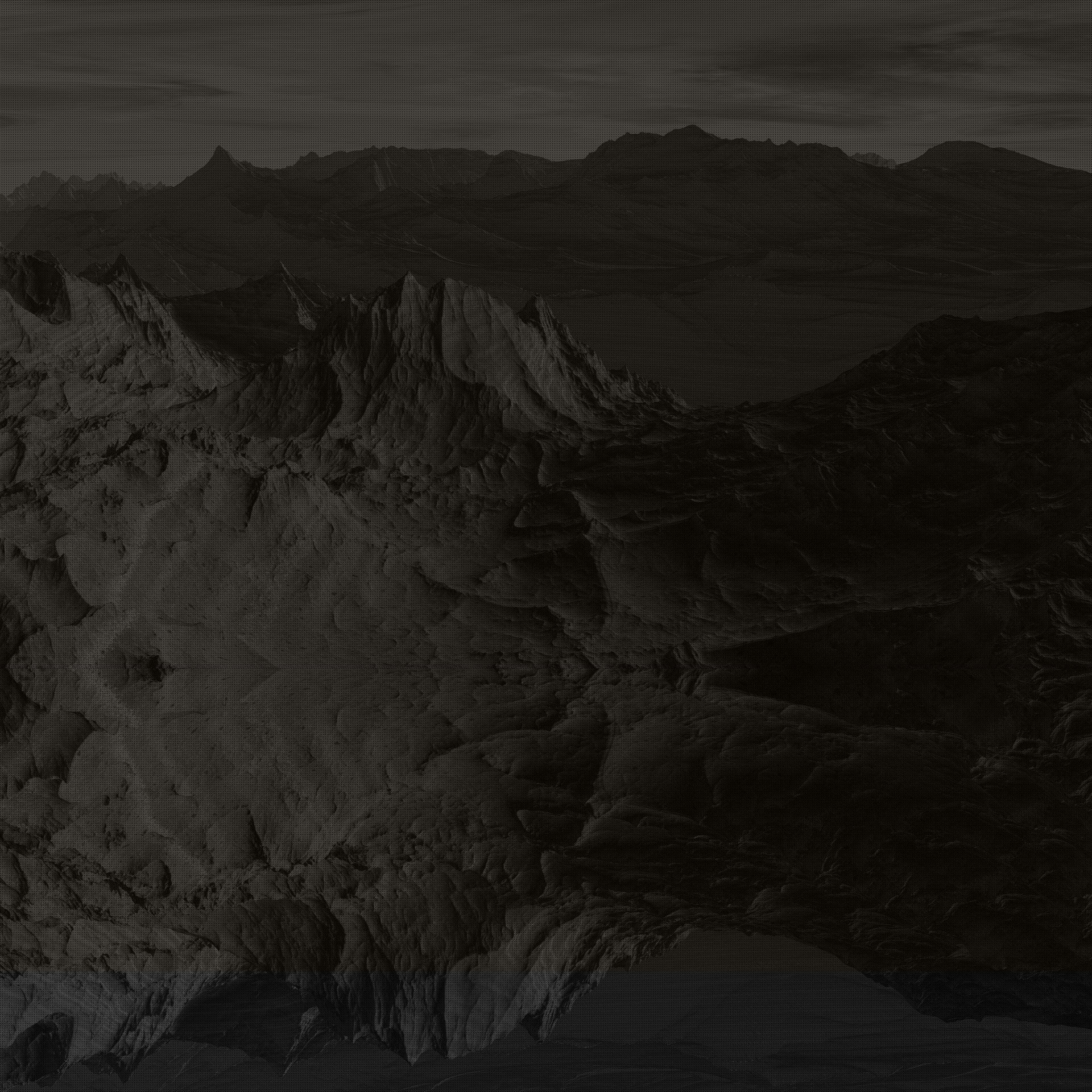Colour theory - Day 108
- Jessica Lamb
- Sep 22, 2022
- 2 min read
Wednesday 13th July 2022
So today we started learning about colour theory. This is when we started learning about different colour correcting nodes and using premults and unpremults. Capture, Manipulate, Deliver. Capture - capture the footage using a camera. This will be the source material. Manipulate - image manipulation in VFX like CG and comp. Deliver - deliver the final form A.K.A HDCam tape, film, JPG e.c.t. Using monitors or Luts are the glasses of VFX. Colour mantra - Where from source, Where now monitor, Where to output. Its important to know the limitations of capture devices and formats. Its important to know how much data it has and to know the gamma/log encoding, quantisation (bit depth), chroma subsampling, image compression algorithms (file formats), dynamic range and colour spaces. Quantisation is how many levels to describe the brightness or luminance of an image. Every component has RGB tristimulus representation of visible light spectrum. Linear VS gamma encoding. We are more sensitive to differences in the blacks than in the whites. A 0.42 gamma curve i.e. our lightness sensation, is roughly a 0.42 power function of relative luminance. CRTs physical response is non-linear. 2.4 gamma is the inverse of human lightness sensitivity. If we scanned as a linear 10-bit file we would risk visible bending and have no headroom for adjustment. Kodaks aim with the cineon file format was to create a digital film intermediate. Gamma encoding, SRGB = gamma 2.2 (adobe RGB) = rec709. Chroma sampling. The eye is more sensitive to loss of luma information than the loss of chroma information. Compression - image formats - cineon, JPEG, Raw, H.264 e.c.t. Dynamic range - ARRI Alexa's dynamic range of 14 stops is very close to film, not like digital cameras. Not like film, Its where you have the latitude depend on exposure. Lighting has a huge effect on colour information that is available. Chromatic aberration. The longitude is the incorrect focusing of wavelengths A.K.A focus shift. This often results in purple fringing. Transverse is the different sealing of RGB channels and the wavelengths focused on different positions in focus plane. Grain is complex. It has different highlights, blacks, grain size and intensity. RGB channels have different grain structure. Compression codecs have a huge influence on grain pattern. colour matching functions. Colour spaces is created for specific purposes like SRGB for PC monitor display. The camera is a limiting factor. White balance is illuminate. Adobe RGB is D65 but print is D50. Luma is the proportions of RGB make up white point. ACES a ew colour space - one size fits all. IDT - input device transform. ACES - super wide gamut in an OpenEXR container. RRT - reference rendering transform. OFT - output device transform. Monitors - like your glasses. Calibration, set luminance, colour temperature and gamma. Take into the ambient lighting.





Comments